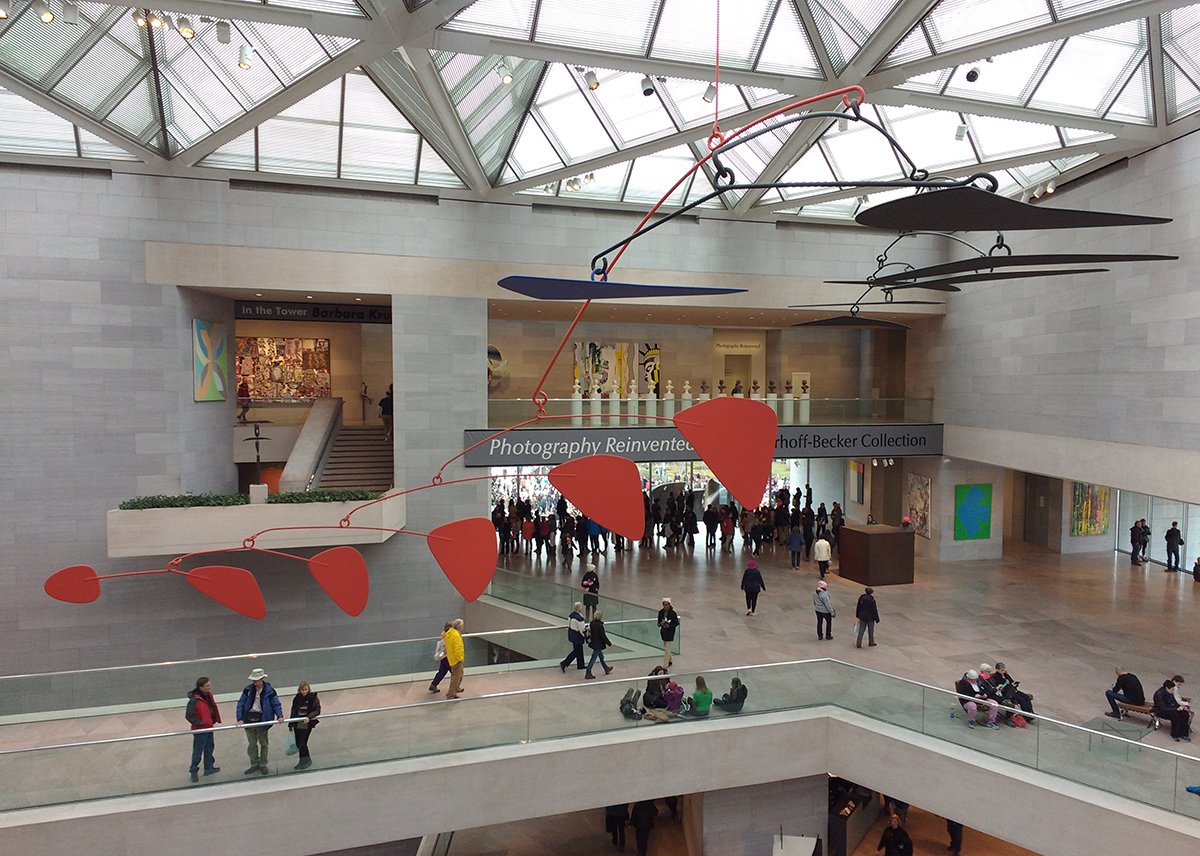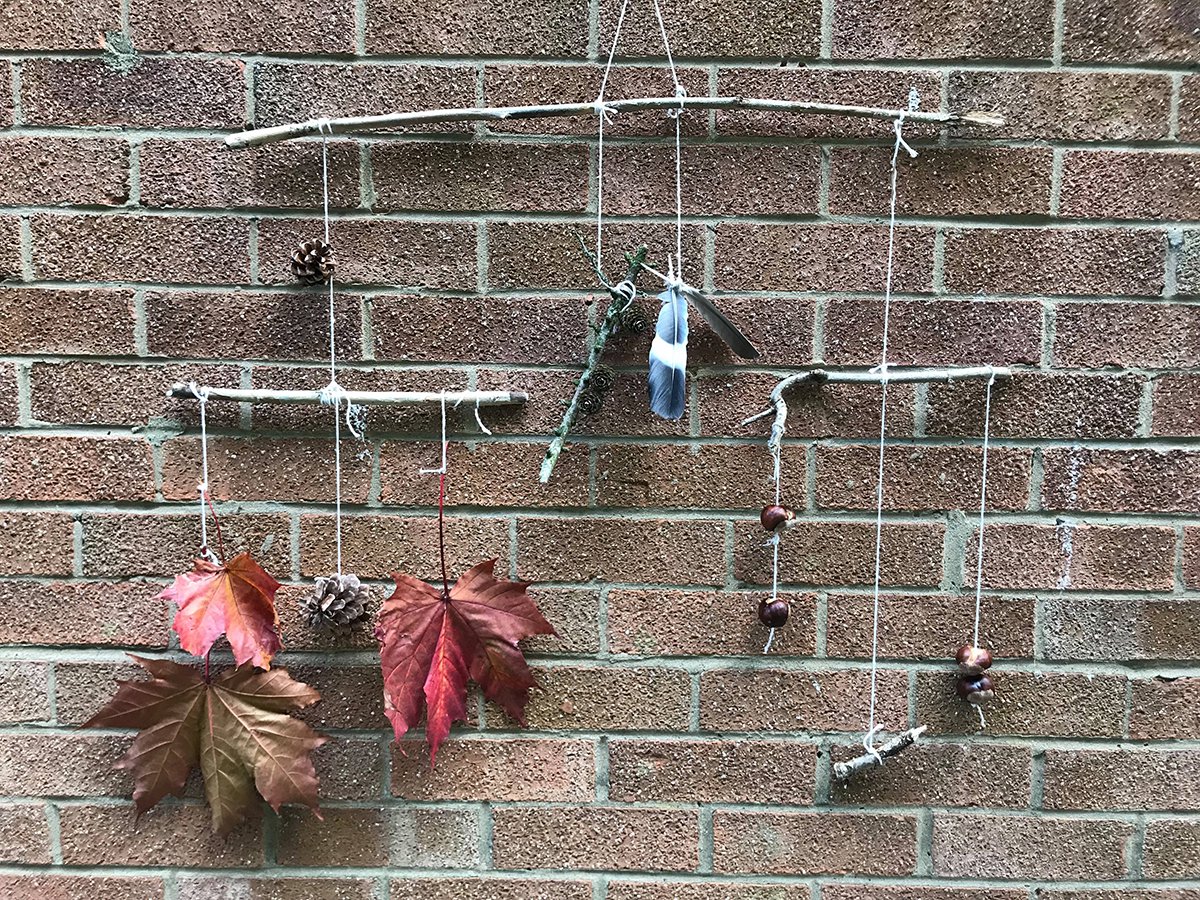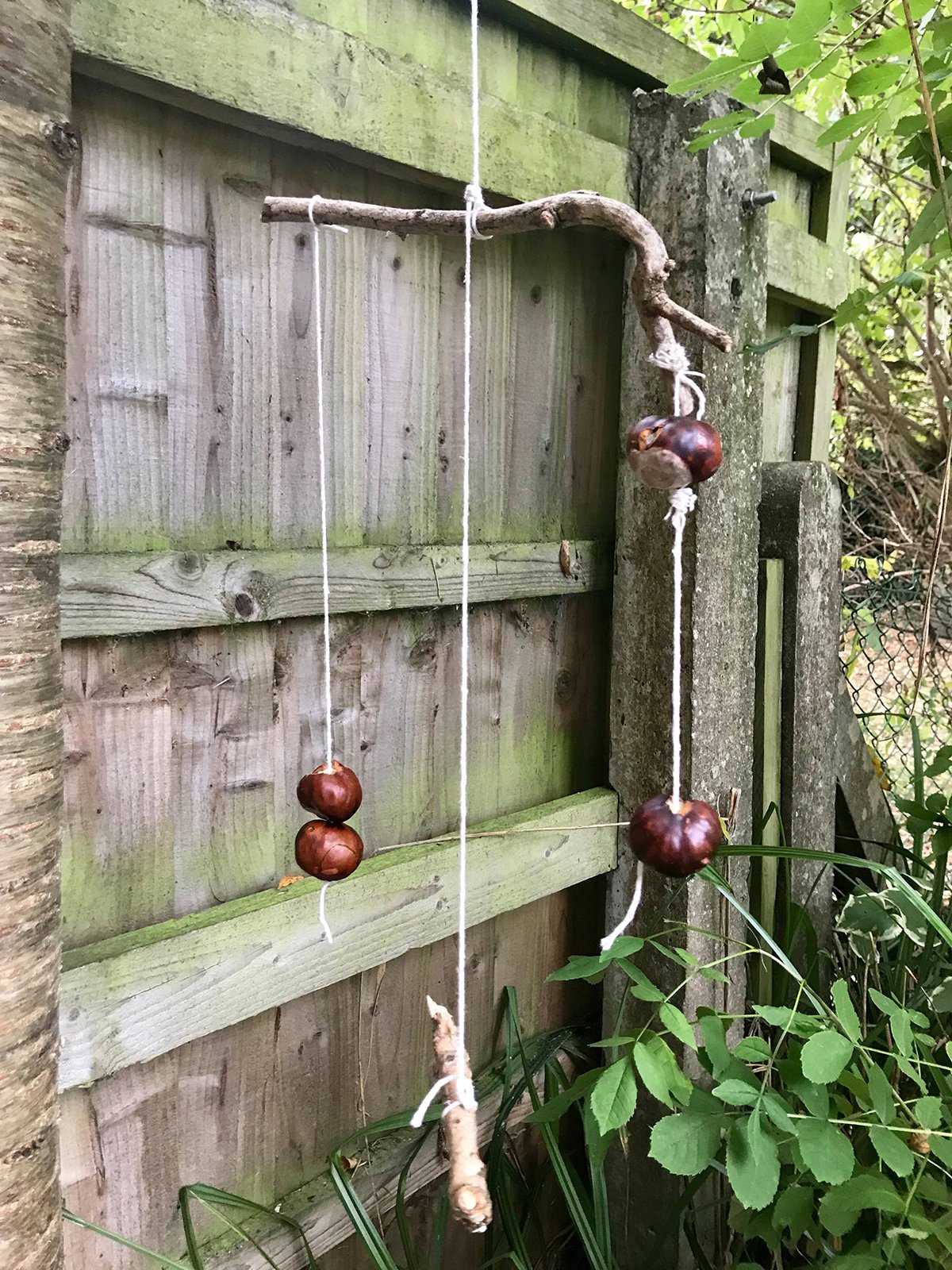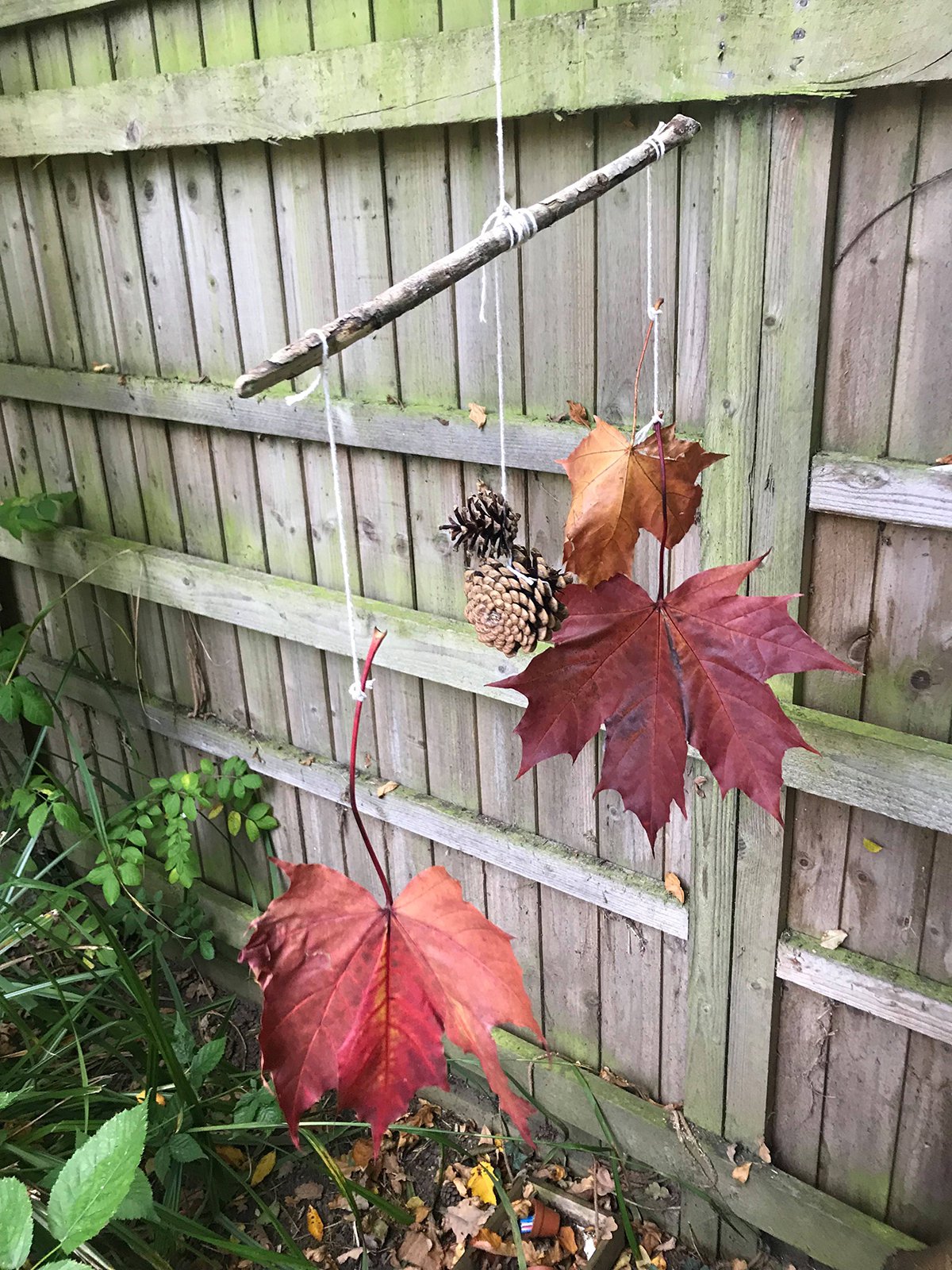
Alexander Calder (American abstract sculptor, 1898-1976), was a pioneer of Kinetic Art and is considered by the art world as one of the most important figures of American 20th century sculpture. Born into a family of artists, his grandfather and father were both sculptors and his mother was a painter. From studying mechanical engineering at university he became interested in producing and studying art.
Moving to Paris in 1926 he enrolled in the Académie de la Grande Chaumière. He and his fellow students used to sketch pedestrians in the street and underground for fun and he soon became known for his skill in depicting movement in an image from just one unbroken drawn line. This soon evolved into Line Sculpture.
In 1931, he created his first non-figurative moving sculpture. Marcel Duchamp (1887-1968) another famous artist (commonly linked to Dadaism) and friend of Calder, names his work a ‘mobile’.

A mobile!
From the depths of each baby’s nursery room around the world, where little mobiles hang to soothe them when they cry, they actually hold a piece of art history. These mobiles were once at the height of the avant-garde art world. That means they were the most contemporary thing out there, going against the traditional, working on the fringe. Bet you won’t look at them in the same way again!
Coming from a mechanical engineering background, means it is no surprise that the first of these sculptures were motorized or hand powered. By 1934 the novelty had apparently subsided though and Calder begins to make non-motorised pieces. While Duchamp calls them mobiles, Calder calls them his, ‘four-dimensional drawings’.
He describes them saying:
A mobile in motion leaves an invisible wake behind it, or rather, each element leaves an individual wake behind its individual self … In setting them in motion by a touch of the hand, consideration should be had for the direction in which the object is designed to move, and for the inertia of the mass involved. A slow gentle impulse, as though one were moving a barge, is almost infallible. In any case, gentle is the word.
What are they made of?
Thin suspended wire and painted tin shapes. They were light enough that even the slightest air current would make them move.
How much do his mobiles sell for?
In May 2012, Calder’s ‘Lily of Force’ sculpture set a record selling in a Christie’s Post War and Contemporary Evening Art sale for a whopping $18.6 MILLION. Wowza!
Do all of his sculptures move?
No. After the second world war, he turned his attention to creating vast steel structures for public and corporate spaces. These ones that don’t move are called, ‘Stabiles’. Literally stable, not moving. Many critics called him out at the time, claiming he had sold himself out to big cheques instead of the pursuit of art.
Did he only create sculptures?
No! He was very prolific and his creative juices flowed strongly. He was a painter, printmaker, miniaturist, illustrator of children’s books, political poster creator, theatre set, jewellery, tapestry and rug designer.

Create your own Kinetic Nature Mobile
What you will need:
- String
- Scissors
Supplies from nature (some examples):
- Sticks (varying sizes)
- Conkers
- Pinecones
- Feathers
- Leaves
- Acorns
- Berries
- Flowers

Instructions:
- Use the biggest stick you have and cut some string long enough to tie a knot around the middle of the stick. Leave the other end for now, this is the end we will be hanging the mobile with outside.
- As you create this with your children, talk to them about weight. Explain a little about scales and how each side will need to have the same amount of weight on them for the top stick to stay horizontal. Show them with two objects of different weight, for example, a feather and a pinecone. From standing up, drop both of them to the floor. Ask them which item hit the floor first. Does that mean that the pinecone is lighter or heavier than the feather?
- Cut two more lengths of string. One longer than the other. On one side of the main stick, knot one of them. Do the same to the other side of the main stick with the remaining string.
- At the bottom of both these strings tie a stick.
- On the lowest hanging stick, cut some more string and start to choose what to tie to it.
- On the shorter hanging stick, cut some more string and knot it on to it. At the bottom of this string tie a smaller stick.
- Now with the remaining string being to decorate your mobile structure with your nature pickings. Your children may need help with the knotting but they can instruct you where they would like to place everything.

TIP: This part of the process is easier if you hang your mobile up on a door handle so everyone can see how it is hanging and adjust what goes where according to weight.
- When everyone is satisfied with their mobiles, find somewhere outside to hang it. Just like Alexander Calder’s kinetic mobile structures, you will see how the air movement of the wind will move it. It may twirl or sway in the wind, it may even make some noise!

Don’t forget to follow us on Twitter, Instagram, Pinterest, and Facebook!
 Contributor
Contributor
Grace Selous Bull is an arts education author and freelance blogger. Her book, ‘Potty About Pots: arts and crafts for home and school’ is aimed at children from 5-12 years old and takes them through a journey of ceramics through time. She is a full time Mummy of two girls, both of whom love being creative, and is married to her husband, Andrew, who does not.
Original content © 2018 Super Simple. Not to be reprinted without express written permission. Terms of Service.

